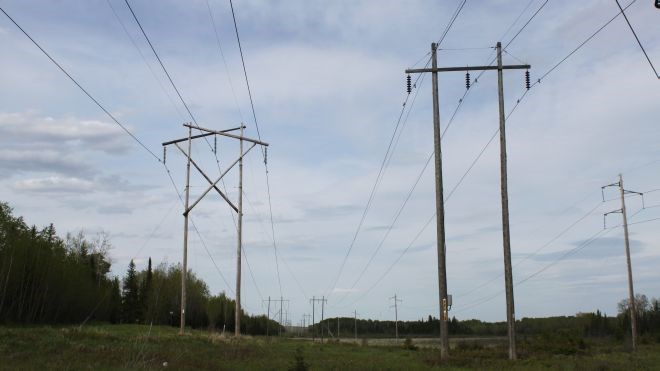An historic and unprecedented First Nations-led project to connect remote communities to the Ontario government is starting to mobilize.
Wataynikaneyap Power LP (Watay) involves an ambitious partnership of 22 First Nation communities who have teamed up with Fortis Ontario and RES (Renewable Energy Systems) Canada to hook 17 remote communities to the provincial grid for the first time.
Construction on the first leg of the eventual 1,800-kilometre-long transmission line through the forests of northwestern Ontario begins in the spring of 2018, and should create jobs for 800.
It involves upgrading the 300-kilometre-long transmission that runs from Dinorwic, near Dryden, to Sioux Lookout from 115 kv to 230 kv.
Last summer, Watay Power was designated by the Ontario government to take the helm of the $1.35-billion project.
The choice was obvious.
For the last eight years, Watay chair and Shibogama First Nations Council executive director Margaret Kenequanash has been heading up the effort to make the project a reality.
“I think it’s exciting that we’re able to bring clean energy to our communities and that we can move forward with the development that’s required to build the line,” said Kenequanash in an interview last summer.
Watay and its partners have been in constant communications with the communities to determine where the power line corridors will go based on the environmental sensitivity of some areas.
The next, and most important, stage of the project involves extending transmission north of Pickle Lake and Red Lake to connect 17 remote communities to the electricity grid.
Construction on that stage begins in 2019 and finishes in 2023.
The environmental assessment of that second phase began Sept. 26.
Kenequanash said having First Nation ownership and control of such a massive infrastructure project will go a long way toward improve the quality of life in the communities, who’ve been reliant for decades on expensive, unreliable diesel fuel-powered generation.
A 2015 study by PricewaterhouseCoopers pegged the cost of diesel generation for these communities at $43 million annually, and growing.
Connecting the communities to the grid is said to represent $1 billion in savings over the life of the project compared to staying on diesel.
Not only does diesel fuel represent environmental and health and safety issues, it prevents the addition of new homes in these communities and stymies economic development efforts.
“That’ll turn around and enable them to pursue business and economic opportunities, create employment and training opportunities for our community members,” said Kenequanash. “That’s the focus of our community readiness project.
“Community readiness is a huge part of this project in order to ensure that we are ready to participate and be part of the infrastructure that we’re owning.”
Kenequanash said last summer that the consortium remains receptive to adding more communities to the partnership, including tying in with major natural resource projects.
“There’s always an option to fan out from Pickle Lake toward the Ring of Fire. Our business case does not necessarily include the Ring of fire, but there is that option. If the communities decided to be part of that then they would be able to.”
Negotiations can now begin with the federal and provincial governments on a funding framework on how the project will be financed.




